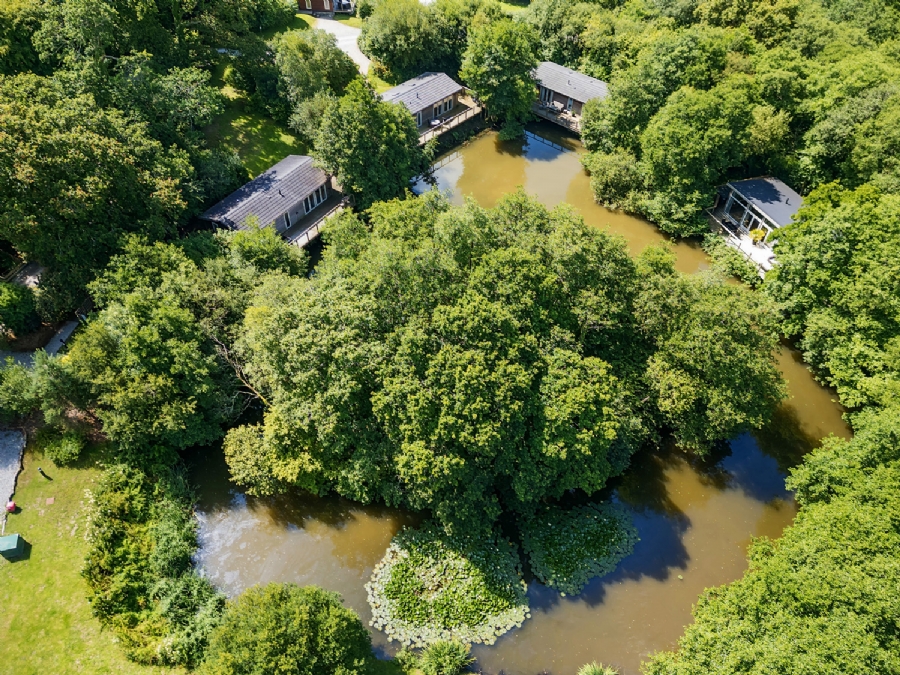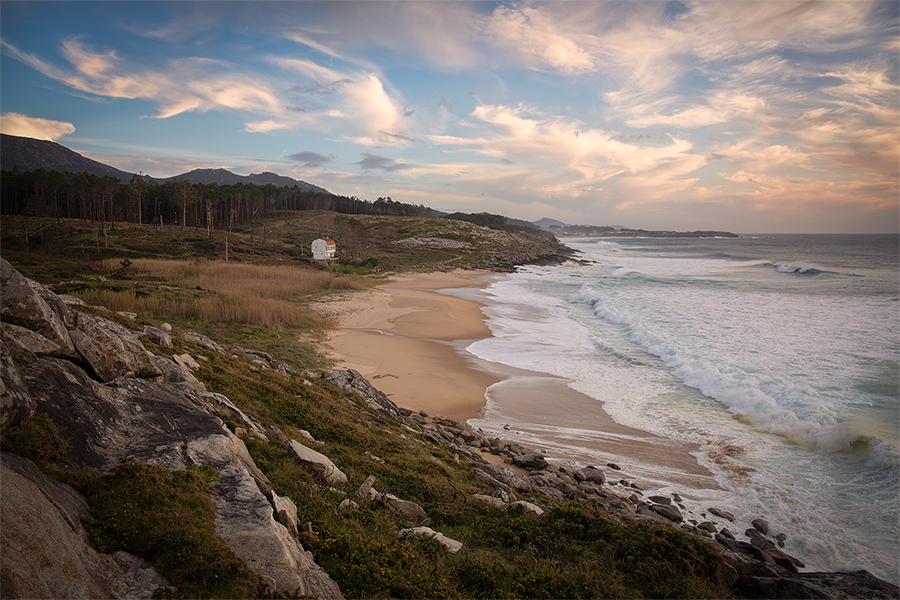CHARTEROAK (Stonerush Ltd)
1 Saxon House
Saxon Way West
Corby
NN18 9EZ
Email: info@charteroak.co.uk
Sales: 0800 117 0883
Customer service: 01503 220 220
When you come to visit Cornwall, you are never short of amazing foods to choose from, in fact certain foods are a must have when you stay here, and you’ll never leave Cornwall hungry that’s for sure!
How many can you tick off during your stay?
The traditional Cornish Pasty (Oggy)
We have to start with the Cornish pasty, pretty much every town or village has a baker or butcher selling this traditional fayre. Once just the preserve of the miner’s lunchbox downing tools at 10 am for crib time (a bite to eat). In 2011, the genuine Cornish pasty was recognised with PGI (Protected Geographical Indication) status. This means that any pasty sold using the name Cornish pasty must be made in Cornwall in the recognised way, using only beef, potato, onion and swede as the filling. There are many producers and to state the best would lead us into a whole area of trouble!
Saffron Buns
Saffron is one of the most expensive spices in the world, more precious by weight than gold and has a distinct and delicate flavour adding a golden colour and a slightly bitter fragrance to food.
The arrival of saffron on the Cornish coast is thought to date back to the Phoenician traders who sailed there to exchange spices and other goods for tin from Cornish mines. Although it’s a pretty random ingredient to add to a bun due to its expense, the saffron bun is quite similar to tea cakes found throughout Britain and consists of a rich bun containing currants but unlike the traditional tea cake – this one, guess what? Contains saffron! Or maybe some yellow food colouring? Whatever the case – it’s a yummy tea time treat!
Clotted Cream Tea
Dairy dominates Cornish farming, with lots of rain and clean air helping the grass grow lush and green, which is just what the cows need to produce rich creamy milk. Clotted cream is really a cooked cream. Heating it slowly and when cooled gives the distinctive golden crust across the top.
For the perfect Cornish cream tea, halve your scone or split (Splits are little yeasted buns that take a little longer to make than scones but which lots claim are the true component of a Cornish clotted cream tea.) Then, drop a spoonful of strawberry or Kea plum jam (a Cornish speciality) on top and finish with the Cornish clotted cream topping. Note: In Cornwall, the cream always goes on top of the jam which some describe as the crowning glory, be sure to not get it wrong – you may well be frowned upon!
Yarg
There are around 60 varieties of cheese produced in Cornwall with the Yarg nettle wrapped cheese (the stings are removed by freezing the leaves first) the most famous. Originally produced back in the 13th century and revived in the 1960’s by Allan & Jenny Gray and named the cheese after their surname spelt backwards! Or have a try of Cornwall’s newest cheese ‘Kern’, matured for 15 months, its flavour and texture are reminiscent of a comté but with strong hints of a mature gouda.
Crab
Shellfish still dominate fishing in Cornwall which is done in time-honoured fashion by fishermen who often work alone, laying and collecting their pots every day. By extension the crab sandwich is a holiday staple for many visitors to the area. Purists say it should never contain mayo, and brown bread is also widely regarded as the best to balance the subtle fish flavour.
Pilchards
Pilchards were once the backbone of Cornish industry. During the 18th and 19th centuries in Cornwall, if you didn't work down a mine then the chances are you would be something to do with pilchards. Nowadays there is a rebranding of the pilchard; The Cornish sardine can now be found in upmarket supermarkets throughout the country and grilled at every food festival in Cornwall.
Stargazy or starrey gazey pie
Certainly a pie not on everyone’s wish list. In fact, many locals have done well to avoid it.
The pie itself consists of pilchards, eggs and potatoes covered in a pastry crust and baked. Doesn’t sound too bad? Until we tell you that the heads of the pilchards are left on and poke out through the crust of the pie.
The recipe goes back to the 16th century celebrating the bravery of a fisherman named Tom Bawcock who set out to fish during a storm to feed the village. He returned with enough fish to feed them all and a pie was made. The fish heads sticking out to prove there was fish in there…not sure we need that proof, but hey, the rest is history!
Hevva Cake
Made with lard, flour, butter, milk, sugar and raisins this cake dates back to the days of the pilchard industry. A man known as a huer was employed as a lookout for shoals of Pilchards of which when he saw them he would shout “Hevva, hevva!” ("Here they are!").
Once they were caught it was a time for celebration and hevva cakes would be baked. Traditionally there would be a criss-cross pattern on the top of the cake to represent the nets of the fishermen.
The Cornish fairing
A traditional biscuit of Cornwall. A buttery biscuit similar to a ginger nut but not as crunchy.
The Cornish fairing rose to fame in Victorian times due to the efforts of baker John Cooper Furniss. His biscuits were so popular in Truro that he began to sell them online.
Cornish Mead
Cornwall can’t claim to have invented mead but it does have a special association with the Duchy. Mead is made with fermented honey and water producing unsurprisingly a sweet, potent drink. The Cornish meadery has become an institution a medieval themed eatery where food is served on wooden plates and you eat with your hands and washed down with a load of mead or blackberry wine!
So there you go, something for everyone - have a try and enhance your Cornish experience and if you’re a real foodie you will be spoilt by finding many locally produced goods at the Great Cornish Food Shop in Truro. https://greatcornishfood.co.uk
Happy Cornish Days!

Treat yourself to a Devon or Cornwall lodge holiday this August Bank Holiday
This August Bank Holiday, step beyond the ordinary and embrace tranquility at one of Charteroak's four excepti...

Secret Beaches in South Cornwall
Find a serene stretch of sand, where you unroll your beach blanket, unwrap your picnic lunch and revel in a re...

Why Buy a Holiday Home
Holidays are good for us! They provide a break from our routine, helping us reconnect and strengthen our most...